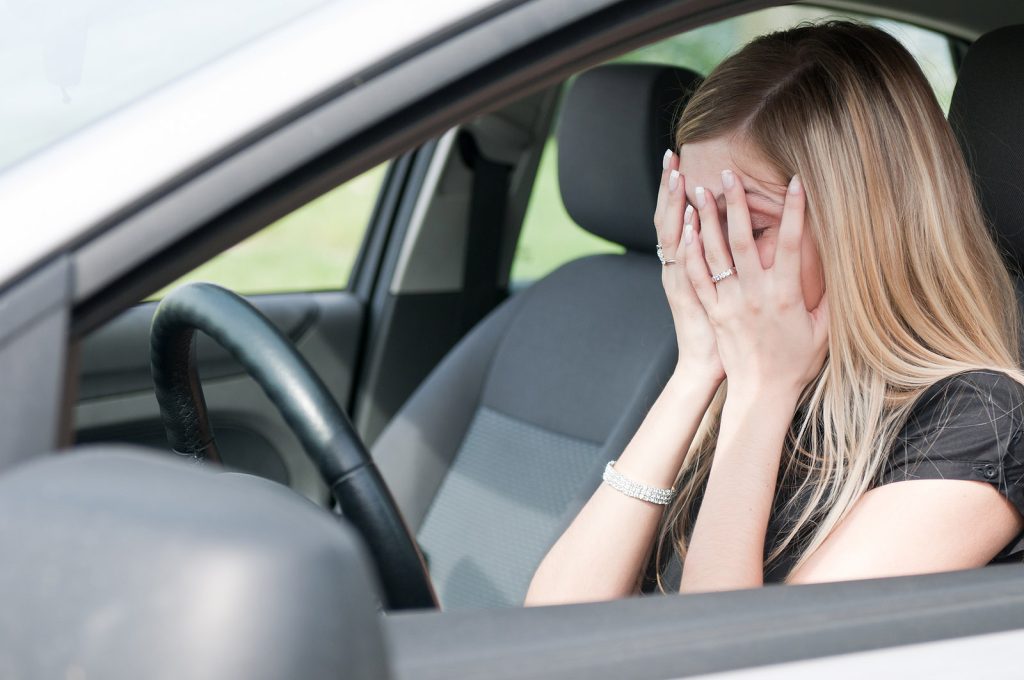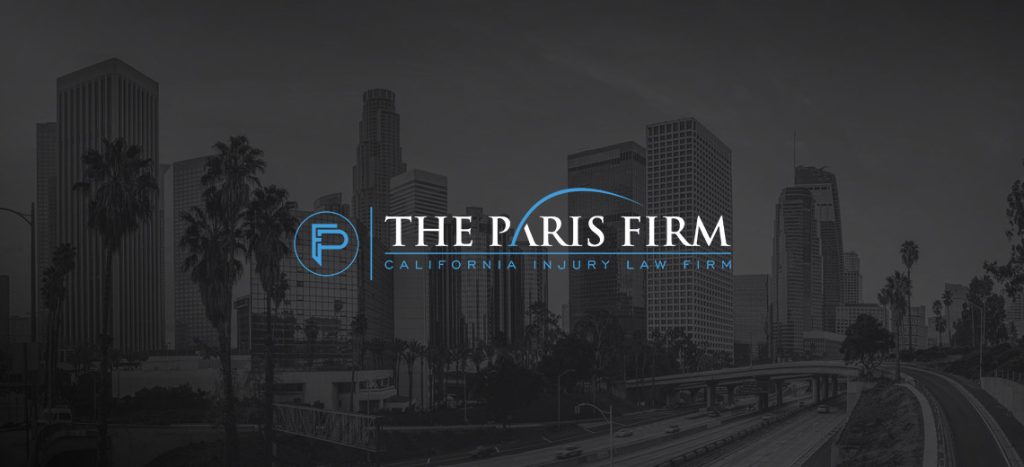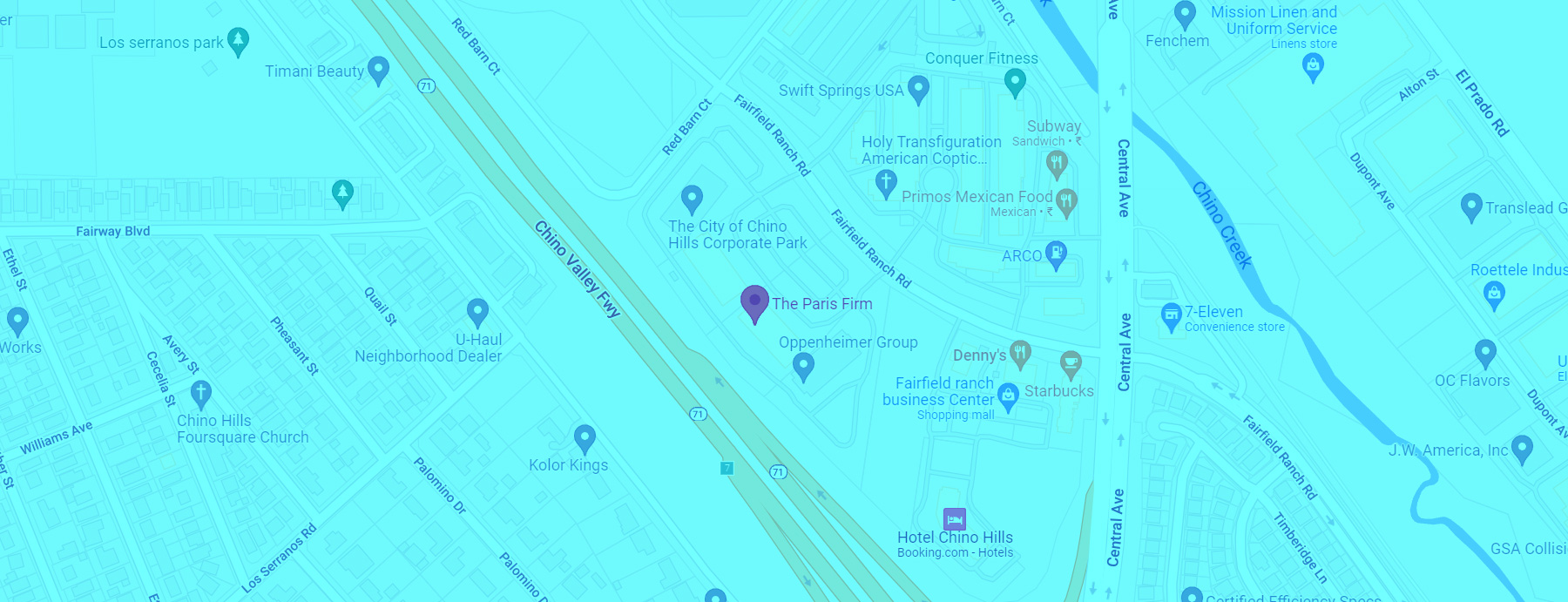What is Lane Splitting and Is It Legal in California?
Lane splitting describes the act of a motorcycle weaving between lanes of halted or sluggish traffic, improving a rider’s ability to get through congested areas. Is it permitted in California? Absolutely.
While legal, lane splitting is subject to regulations. The California Highway Patrol (CHP) has outlined recommendations to maintain safety. Motorcyclists should only engage in lane splitting when traffic is moving at 30 mph or slower, and they should not surpass the speed of nearby vehicles by more than 10 mph. Adhering to these guidelines is crucial for reducing risks for both motorcyclists and other drivers.
Understanding the legal context of lane splitting is vital, particularly if one finds themselves in an accident. Although lawful, unsafe or reckless lane splitting could still lead to liability issues. If a motorcyclist is determined to be riding hazardously, they could bear responsibility for any ensuing accidents. While lane splitting can save time, it’s vital to practice it safely and within legal boundaries.
What Are the Safety Recommendations for Lane Splitting in California?
While lane splitting is legal in California, it comes with inherent risks, making adherence to safety recommendations crucial for risk mitigation. The California Highway Patrol (CHP) has set specific guidelines to ensure motorcyclists practice lane splitting safely. These guidelines are not mere suggestions but are essential for protecting both motorcyclists and other road users.
Speed management is a primary recommendation. Motorcyclists should avoid exceeding the speed of nearby traffic by more than 10 mph. This means if traffic is moving at 20 mph, the motorcyclist should not exceed 30 mph. Greater speed differences can significantly heighten accident risks, as other drivers may lack adequate reaction time to a swiftly approaching motorcycle.
Choosing the right lanes is another critical aspect. Lane splitting is safest between the two leftmost lanes on a multi-lane highway. These lanes generally host faster-moving vehicles, reducing the chances of abrupt stops or erratic lane changes, which are more common in slower lanes. Motorcyclists should also maintain constant awareness of their surroundings, watching for vehicles that may change lanes or open doors unexpectedly.
Wearing reflective gear and keeping headlights on, even during daylight, can enhance visibility to other drivers. By following these safety recommendations, motorcyclists can lower accident risks and ensure a safer riding experience.
What Actions Should You Take After a Lane Splitting Motorcycle Accident?
Experiencing a lane splitting motorcycle accident can be overwhelming. Knowing the appropriate steps to take can significantly influence the outcome of your case. First and foremost, prioritize safety—yours and others’. If possible, relocate to a secure area away from traffic. Assess injuries and contact emergency services if required.
Next, gather pertinent information. Exchange contact and insurance details with the other driver involved. Capture photographs of the accident scene, including any vehicle damage and road conditions. If there are witnesses, collect their contact information. This evidence can be invaluable in establishing fault and supporting your case.
Report the accident to the police. A police report serves as an official account of the incident, which can be crucial in insurance claims and legal proceedings. Be forthright and precise in describing the accident.
Inform your insurance company about the accident. Supply them with necessary details and cooperate with their investigation. However, exercise caution in making statements that could be used against you later.
Finally, consider consulting a personal injury attorney. They can advise you on your legal rights and help you navigate the complexities of your case. With their support, you can ensure your rights are protected and pursue fair compensation for injuries and damages.
How Does Lane Splitting Influence Liability in Motorcycle Accidents?
Assigning fault in motorcycle accidents can be intricate, especially when lane splitting is a factor. When an accident happens, pinpointing who is to blame is essential. In California, “comparative negligence” is a concept that comes into play, indicating that fault can be distributed among the parties involved in an accident.
If a motorcyclist is lane splitting during an accident, their actions will be closely examined. If the motorcyclist was recklessly lane splitting, they might be deemed partially or wholly at fault for the accident. However, if the other motorist was negligent, perhaps by shifting lanes without signaling, they might also share liability.
Every incident presents unique circumstances. The specifics of the crash, the conduct of the drivers involved, and adherence to traffic laws all contribute to determining liability. Insurance companies and courts will consider these factors to establish responsibility and its degree.
What Legal Challenges Arise from Lane Splitting Motorcycle Accidents?
Lane splitting can introduce several legal challenges when accidents occur. A primary challenge is assigning fault. As previously mentioned, California follows the principle of comparative negligence, allowing the blame to be shared between the parties involved. For motorcyclists, this can be particularly daunting. If they were lane splitting unsafely, they could be held partly accountable.
Another legal challenge is interpreting the CHP guidelines. While these guidelines provide a safety framework for lane splitting, they are not legally binding. This can lead to disputes over whether a motorcyclist was riding safely. Insurance companies and courts might interpret safe lane splitting differently, potentially leading to legal conflicts.
Additionally, insurance claim issues arise. Insurance companies might attempt to minimize payouts by arguing that the motorcyclist was at fault due to unsafe lane splitting. This can complicate the claim process, leading to lengthy negotiations or even litigation.
Recognizing these legal challenges is vital for anyone involved in a lane splitting accident. Being aware of the potential hurdles can help you navigate the legal landscape more effectively. It’s also a reminder of the importance of riding safely and adhering to CHP guidelines to minimize legal complications.
How Can a Personal Injury Lawyer Help in Lane Splitting Accident Cases?
In the aftermath of a lane splitting accident, having a personal injury lawyer on your side can be invaluable. These attorneys navigate the complexities of motorcycle accident cases and offer critical support. One of the main advantages is their ability to guide you through the legal system. They help you understand your rights and responsibilities, keeping you well-informed throughout the process.
An attorney can also play a crucial role in gathering evidence. In lane splitting cases, evidence such as traffic camera footage, witness statements, and accident reports can be pivotal in establishing fault. A personal injury lawyer knows how to efficiently compile and present this evidence, fortifying your case.
Negotiating with insurance companies is another area where an attorney proves beneficial. Insurers often attempt to minimize payouts, particularly in lane splitting cases. A skilled attorney can negotiate on your behalf, advocating for fair compensation for your injuries and damages.
If you’re involved in a lane splitting accident, call The Paris Firm at 909-325-6185 for a free consultation. Our team is ready to guide you through the legal maze, providing the support and representation you need to secure the compensation you deserve.













